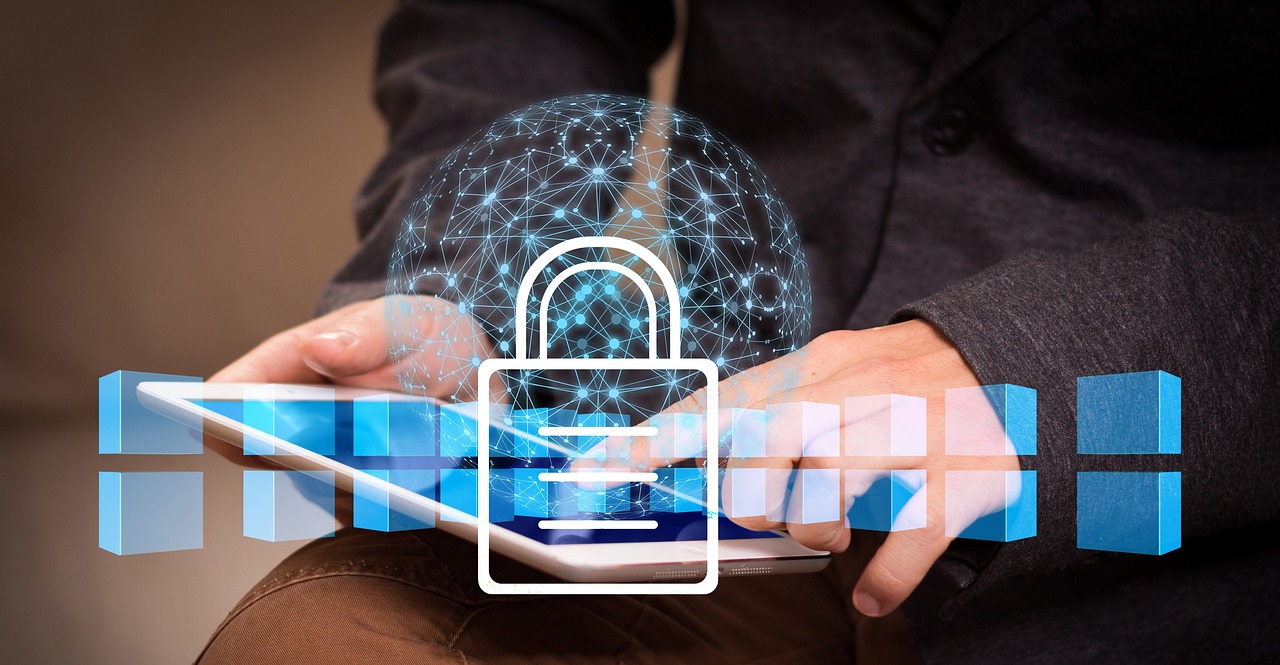As we move further into 2025, the intersection of cybersecurity and application development has never been more critical. With cyber threats evolving rapidly, developers can no longer afford to view security as an afterthought. Instead, cybersecurity must be an integral part of the development lifecycle, ensuring applications are resilient against modern threats.
The Rising Threat Landscape
Cyberattacks have grown in sophistication and frequency. From data breaches affecting millions to ransomware crippling businesses, the consequences of weak security measures are severe. As applications become more complex, so do the attack vectors, making it essential for developers to be well-versed in secure coding practices.
The rise of AI-driven cyber threats, supply chain vulnerabilities, and zero-day exploits further emphasize the need for developers to be proactive. Organizations that fail to integrate cybersecurity into their development processes risk financial losses, reputational damage, and regulatory penalties.
Why Developers Must Prioritize Security
Traditionally, cybersecurity was considered the responsibility of security teams. However, as DevSecOps gains traction, the expectation is shifting—developers are now expected to embed security within the software development lifecycle (SDLC). Here’s why this shift is crucial:
- Shift-Left Security: By integrating security early in the development process, companies can detect and fix vulnerabilities before they reach production, reducing costs and risks.
- Regulatory Compliance: Stringent data privacy laws (such as GDPR, CCPA, and HIPAA) require applications to have built-in security features. Developers must ensure compliance to avoid legal repercussions.
- User Trust and Brand Reputation: Consumers and businesses alike prioritize secure applications. A breach can erode trust, leading to customer attrition and lost revenue.
- The Expanding Attack Surface: With the growing adoption of cloud computing, IoT, and AI, applications are more exposed to potential threats, making robust security measures non-negotiable.
Essential Cybersecurity Skills for Developers
To keep up with the changing landscape, developers need to strengthen their cybersecurity knowledge. Here are key skills that are becoming increasingly necessary:
- Secure Coding Practices: Understanding principles such as input validation, authentication, and encryption is essential to prevent common vulnerabilities like SQL injection and cross-site scripting (XSS).
- Threat Modeling: Identifying potential threats and attack vectors during the design phase allows teams to mitigate risks early.
- Identity and Access Management (IAM): Implementing strong authentication mechanisms (e.g., multi-factor authentication) and least-privilege access controls enhances security.
- Cloud Security: With cloud-native development on the rise, developers must understand container security, API security, and cloud misconfigurations.
- Penetration Testing and Code Analysis: Familiarity with security testing tools (such as OWASP ZAP, Burp Suite, and static analysis tools) helps developers uncover vulnerabilities in their code.
The Future of Secure Application Development
As cybersecurity threats continue to evolve, organizations must invest in training their developers to think like security professionals. Secure development practices should become second nature, not an afterthought. By fostering a security-first mindset, companies can build robust applications that withstand cyber threats, ensuring long-term success in the digital age.
Cybersecurity is no longer optional—it’s a fundamental pillar of modern application development. Developers who prioritize security will not only enhance their career prospects but also contribute to a safer digital ecosystem for all.
Final Thoughts
The growing importance of cybersecurity skills in application development cannot be overstated. As cyber threats become more sophisticated, businesses must empower their developers with the knowledge and tools necessary to build secure, resilient applications. By making security an integral part of the development process, organizations can stay ahead of cybercriminals and protect their users from potential threats.

